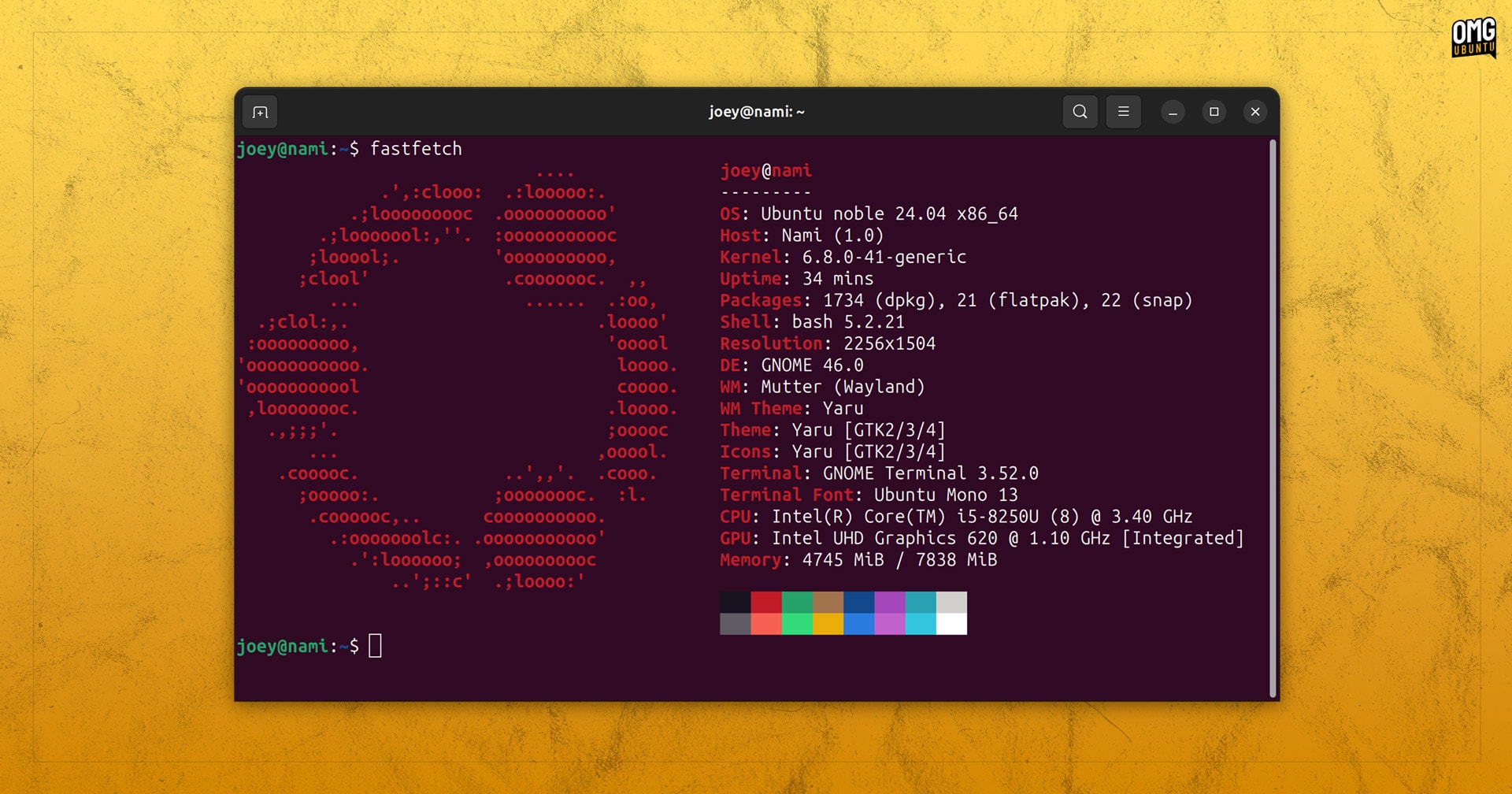If you’re a Linux user who loves to customize your terminal to display system information in a sleek and stylish way, you’re probably familiar with Neofetch. Neofetch is a popular command-line tool that displays system information, including your OS, shell, CPU, GPU, and more, in a visually appealing ASCII art style.
But if you’re looking for a faster and more customizable alternative to Neofetch, look no further than Fastfetch. Fastfetch is a lightweight system information tool that is designed to be faster and more customizable than Neofetch.
One of the key advantages of Fastfetch over Neofetch is its speed. Fastfetch is designed to be lightweight and fast, so it displays system information almost instantly. This can be a huge time-saver for users who want to quickly check their system information without waiting for Neofetch to load.
Additionally, Fastfetch offers a wide range of customization options, allowing users to tweak the look and feel of their system information display. Users can customize the logo, colors, and information displayed by editing the configuration file, giving them complete control over how their system information is presented.
Another advantage of Fastfetch is its support for multiple Linux distributions. While Neofetch is primarily designed for Ubuntu-based distributions, Fastfetch has been tested on a range of distributions, including Arch, Debian, Fedora, and more. This makes Fastfetch a versatile choice for users who want a system information tool that works across different Linux distributions.
Overall, Fastfetch is a great replacement for Neofetch if you’re looking for a faster and more customizable system information tool. With its speed, customization options, and broad distribution support, Fastfetch is the perfect choice for Linux users who want to display system information in style. Give Fastfetch a try and see how it can enhance your terminal customization experience.
